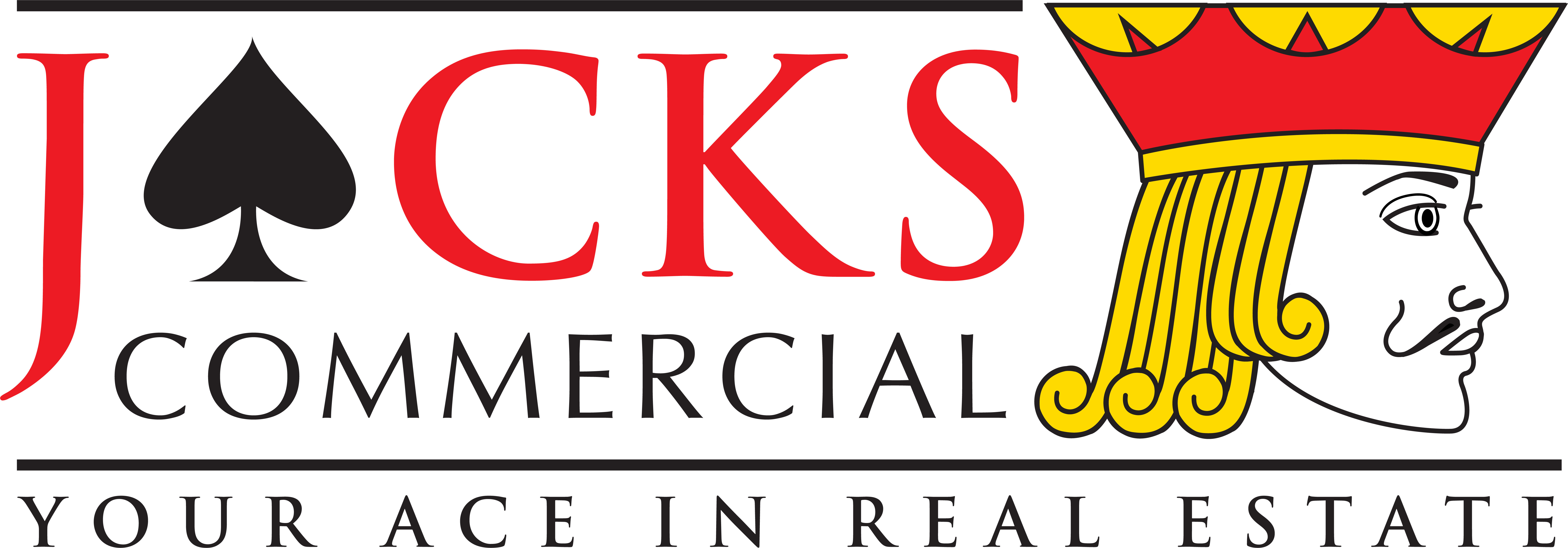
Sacramento's retail real estate market is experiencing a renaissance, defying national trends through strategic adaptation and local market strengths. While traditional retail faces ongoing challenges from e-commerce growth, savvy investors and landlords are discovering profitable opportunities in Sacramento's evolving retail landscape by understanding consumer behavior changes and identifying recession-resistant retail concepts.
Understanding Sacramento's Retail Market Dynamics
Sacramento's retail market benefits from several unique advantages that differentiate it from struggling retail markets nationwide. The region's steady population growth, diverse economic base, and strong local spending patterns create demand for retail services that complement rather than compete with online shopping.
The key to retail success in Sacramento lies in recognizing that today's consumers use retail spaces differently than in previous decades. Rather than simply purchasing products, consumers seek experiences, convenience, and services that online retailers cannot provide. This shift creates opportunities for retail concepts that embrace these changing preferences.
Neighborhood Shopping Centers: The Resilient Foundation
Neighborhood and community shopping centers anchored by grocery stores, pharmacies, and service providers have proven remarkably resilient throughout retail market changes. These properties serve local populations' daily needs and typically maintain high occupancy rates even during economic downturns.
Grocery-Anchored Centers: Properties anchored by successful grocery chains provide stable cash flows and attract complementary tenants. Sacramento's growing suburbs create ongoing demand for new grocery-anchored developments, while existing centers benefit from limited competition and established customer bases.
Service-Oriented Tenants: Businesses that require in-person interaction – from hair salons to auto repair shops – cannot be replicated online. These tenants often sign longer leases and provide stable income streams for retail property owners.
Medical and Dental Offices: Healthcare services increasingly locate in retail settings for patient convenience and accessibility. These tenants typically offer long-term leases, stable income, and minimal maintenance requirements.
Lifestyle and Experience-Based Retail
Sacramento's retail market increasingly rewards properties that offer experiences rather than just shopping opportunities. This trend creates opportunities for both existing property repositioning and new development focused on experiential retail.
Dining and Entertainment: Restaurants, breweries, and entertainment venues drive foot traffic that benefits surrounding retailers. Properties that can accommodate diverse dining options often achieve higher rents and occupancy rates.
Fitness and Wellness: From yoga studios to medical spas, health and wellness businesses provide recession-resistant income while attracting affluent demographics that support surrounding retailers.
Personal Services: Businesses like dry cleaners, nail salons, and pet grooming services provide essential services that benefit from convenient retail locations and generate consistent customer traffic.
Mixed-Use Development Opportunities
Sacramento's planning policies increasingly favor mixed-use developments that combine retail with residential or office components. These projects can provide multiple income streams while creating vibrant communities that support retail success.
Transit-Oriented Development: Properties near light rail stations and major bus routes benefit from reduced parking requirements and access to customers who prefer sustainable transportation options.
Urban Infill Projects: Sacramento's urban core offers opportunities for mixed-use developments that serve both residents and workers while taking advantage of existing infrastructure and walkable environments.
Suburban Town Centers: Growing suburban communities often support mixed-use developments that provide community gathering spaces while serving local retail needs.
Strategic Location Analysis
Success in Sacramento retail real estate requires careful analysis of location factors that drive retail success. Unlike other commercial property types, retail success depends heavily on visibility, accessibility, and surrounding demographics.
Traffic Patterns and Visibility: Properties with high visibility from major roads and easy ingress/egress typically command premium rents and maintain higher occupancy rates. Sacramento's grid system and major arterials create numerous opportunities for high-visibility retail locations.
Demographic Analysis: Understanding local demographics, including income levels, age distributions, and lifestyle preferences, helps identify appropriate retail concepts for specific locations. Sacramento's diverse communities support various retail strategies from value-oriented to luxury concepts.
Competition Analysis: Successful retail investment requires understanding existing competition and market gaps. Areas with limited retail options may present opportunities, while oversaturated markets require differentiated concepts or superior locations.
Emerging Retail Concepts and Trends
Sacramento's retail market provides opportunities for innovative retail concepts that address changing consumer preferences and market gaps.
Click-and-Collect Facilities: Retailers increasingly use physical locations for online order fulfillment and customer pickup, requiring smaller footprints than traditional stores while providing steady rental income.
Showrooming: Some retailers use physical spaces to display products while completing sales online, reducing space requirements while maintaining customer interaction capabilities.
Pop-Up and Flexible Spaces: Short-term retail concepts allow landlords to maintain income from vacant spaces while providing opportunities for new businesses to test markets with limited risk.
Co-Working and Flexible Office: Some retail spaces can accommodate flexible office concepts that serve entrepreneurs and remote workers, expanding potential tenant bases beyond traditional retail.
Investment Strategies for Retail Properties
Value-Add Repositioning: Older shopping centers often provide opportunities for renovation and re-tenanting that can significantly increase property values and rental income. Common improvements include facade updates, parking lot improvements, and reconfiguring spaces for modern retail concepts.
Ground Lease Investments: Properties leased to creditworthy national tenants on long-term ground leases provide stable income with minimal management requirements, though they typically offer limited upside potential.
Redevelopment Opportunities: Underperforming retail properties in strong locations may provide opportunities for complete redevelopment into mixed-use projects or alternative commercial uses.
Net Lease Investments: Single-tenant properties leased to creditworthy retailers on triple-net leases provide stable income streams while transferring operational responsibilities to tenants.
Risk Management and Due Diligence
Retail real estate investment requires careful attention to tenant creditworthiness, lease terms, and market trends that could affect property performance.
Tenant Diversification: Properties with diverse tenant mixes typically perform better than those dependent on single tenants or single retail categories.
Lease Structure Analysis: Understanding rent escalations, percentage rent clauses, and tenant improvement allowances helps evaluate long-term investment returns.
Market Cycle Awareness: Retail properties can be sensitive to economic cycles, requiring investors to consider both current performance and potential downside scenarios.
Working with Local Expertise
Sacramento's retail market includes numerous submarkets with distinct characteristics and opportunities. Success requires local market knowledge, established relationships with retailers and developers, and understanding of municipal planning processes and zoning requirements.
The retail real estate landscape continues evolving, but Sacramento's strong fundamentals and diverse opportunities provide multiple paths to profitability for informed investors willing to adapt to changing market conditions.